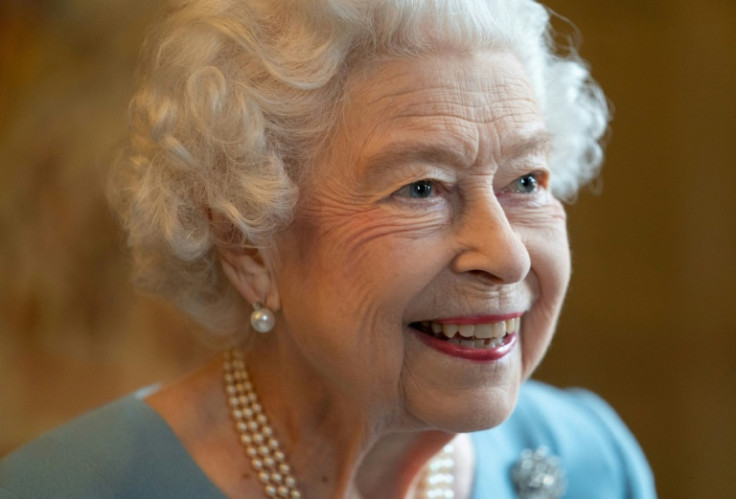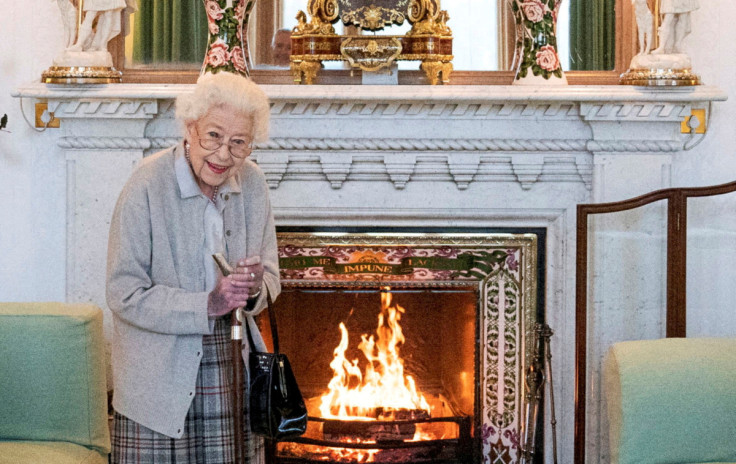Queen Elizabeth Battled Bone Marrow Cancer Before Death, New Book Claims

KEY POINTS
- Queen Elizabeth reportedly suffered cancer in her final years, according to a new book
- The most common symptom of myeloma is bone pain in the pelvis and lower back
- Multiple myeloma is reportedly a disease that often affects the elderly
Queen Elizabeth secretly suffered through painful cancer before she passed away, according to a new biography of the late British monarch.
In his new book, "Elizabeth: An Intimate Portrait," English author, broadcaster and former politician Gyles Brandreth detailed the final years of Queen Elizabeth, who died on Sept. 8 at age 96 after more than 70 years on the throne.
In an extract of the biography published in the Daily Mail, Brandreth, reportedly a close friend of Queen Elizabeth's late husband Prince Phillip, wrote that King Charles' mother was aware that her time was limited because she had bone marrow cancer. International Business Times could not independently verify the book's claims.
"I had heard that the Queen had a form of myeloma — bone marrow cancer — which would explain her tiredness and weight loss and those 'mobility issues' we were often told about during the last year or so of her life," Brandreth wrote in the book. "The most common symptom of myeloma is bone pain, especially in the pelvis and lower back, and multiple myeloma is a disease that often affects the elderly."
Brandreth noted that "currently, there is no known cure, but treatment — including medicines to help regulate the immune system and drugs that help prevent the weakening of the bones — can reduce the severity of its symptoms and extend the patient's survival by months or two to three years."
It is unclear if the Queen was given steroids to help her get through her final days or if the bruise on the back of her hands in her last photographs with now-former British Prime Minister Liz Truss had something to do with her illness.
Queen Elizabeth's death certificate officially listed her cause of death as "old age."
Brandreth said he talked to the people the Queen spent her final days with. She reportedly had dinner with Right Reverend Dr. Iain Greenshields, who was staying with her at her Balmoral estate in Scotland over the weekend. They talked about her childhood, horses, church affairs and sadness over the happenings in Ukraine, according to the book.
Greenshields said the Queen was "in fantastic form" and "was so alive and so engaging" when he last saw her, the book said.
On Sept. 6, two days before she passed away, Queen Elizabeth met one of her favorite racehorse trainers, presented her outgoing communications secretary with an honor and spent time with her 14th and 15th British prime ministers, Brandreth wrote.
"She could not have been kinder, more sympathetic or personally encouraging," Boris Johnson said of the Queen, according to Brandreth, adding that she was full of "characteristic humor and wisdom."
On Sept. 7, Queen Elizabeth's photo with then-new Prime Minister Truss made headlines, with royal fans and social media users saying the 96-year-old monarch looked frail. The dark bruise on the back of her right hand also garnered attention, but she looked "alert and very much alive," according to Brandreth.
Despite the various activities that kept the Queen busy running up to her final day, Brandreth wrote that Her Majesty "knew that her remaining time was limited" and that she "accepted this with all the grace you'd expect."
"Her faith was everything to her. She told me she had no regrets," Greenshields told the author.
"Elizabeth: An Intimate Portrait" will hit shelves on Dec. 8.

© Copyright IBTimes 2024. All rights reserved.






















